#N5
Text
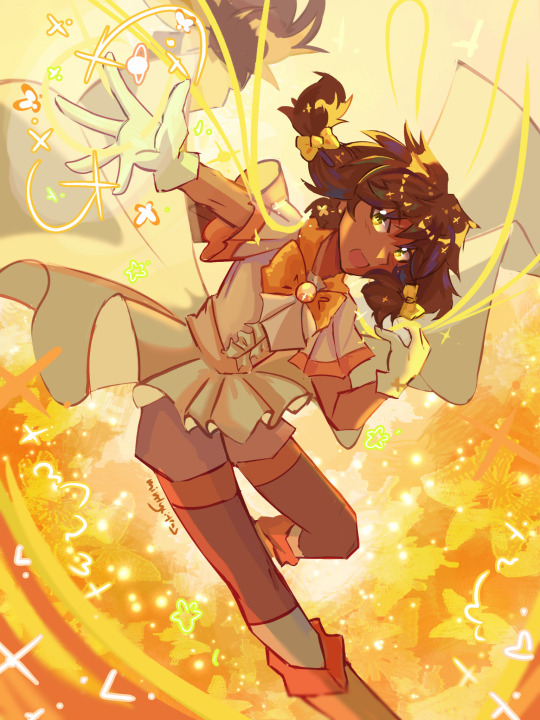
💥☀️
#magical boy#magical girl oc#mahou shoujo#ibispaintx#original character#☆ specific tags:#the skies that shimmer#tsts#n5#rick velasquez#leader of protag team. extremely cool light based powers. healing abilities#and this guy had ABSOLUTELY ZERO ILLUSTRATIONS?? like up until now?#i understand its mostly because i disliked his earlier desig#ns#but damn the guys in my series do tend to get the short end of the stick :(
90 notes
·
View notes
Text



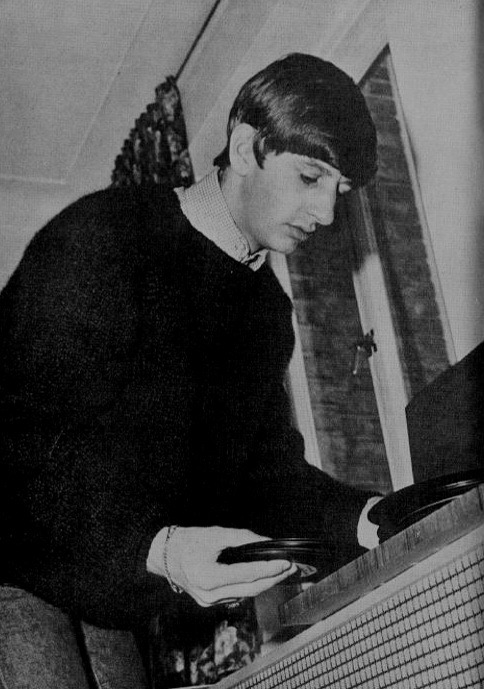
The Beatles for The Beatles Monthly Book n°5, December/1963.
#john lennon#paul mccartney#george harrison#ringo starr#the beatles#60s#1963#beatles monthly book#n5#my:read
123 notes
·
View notes
Text
If the Nordic 5 were your lawyers:
Sweden: Is there on time, but forgot all his papers.
Denmark: Your honor, my client slayed. Literally and metaphorically!
Norway: Uses his fairies to leave false evidence to convict someone else
Iceland: I am literally neurodivergent and a minor!
Finland: ACTUALLY KNOWS WHAT HE IS DOING
#hetalia#aph#hetalia axis powers#axis powers ヘタリア#hetalia world stars#hetalia world series#hws norway#hws denmark#hws sweden#hws iceland#hws finland#hetalia headcanons#hetalia nordics#n5
81 notes
·
View notes
Photo

Cameraman at Austin N5 doing important work - video from @luckyagain
#peace ring#hs#hslot#hslot austin#austin#n5#harry styles#harry#harry gifs#THIS WAS ICONIC#yasssss#hlcreators#hledits
858 notes
·
View notes
Text
understand, see, hear · particle が · particle と
(。•̀ᴗ-)✧ N5 grammar [ことのは lesson 18]
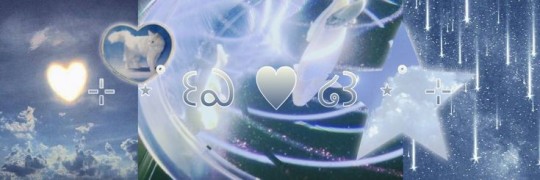
わかる, みえる, きこえる
The particle を is generally used to indicate the direct object with transitive verbs, but with the verbs: 分かる (わかる -> to understand), 見える (みえる -> to see), 聞こえる (きこえる -> to hear) you have to use the particle が
example: スパイン語(ご)が分(わ)かりますか
translation: do you understand Spanish?
particle が
we have seen the particle が being used to indicate the direct object of some verbs, but it can also express a relationship between two contrasting or opposing clauses.
example: 冬(ふゆ)ですが、 今日(きょう)は 暑(あつ)いです
translation: it is winter, but it's hot today
particle と
✩ with (accompained by): this particle is used to indicate specify the person or animal with whom an action is being performed. person/animal と -> with person/animal
example: ケンくんとこの映画(えいが)を見(み)ました
translation: I saw this movie with Ken
✩ exhaustive list nouns: this particle is used at the end of a list of two or more objects (inanimate or animate). Noun A + と + Noun B -> Noun A and Noun B
example: サラさんに 本(ほん)と辞書(じしょ)をあげました
translation: I have my book and dictionary to Sarah.
またね~@inkichan
꒰ა ˚₊ ✧・┈・╴﹕꒰ ᐢ。- ༝ -。ᐢ ꒱﹕╴・┈・𐑺 ‧₊˚໒꒱
#japanese#nihongo#studyblr#learn Japanese#learning Japanese#japanese langblr#langblog#japanese studyblr#日本語#n5#JLPT N5#grammar#basic grammar#japanese grammar#ことのは
122 notes
·
View notes
Text
N5 Grammar Review: Vない
The ない form of the verb is used to mean "not" or "don't". I'm going to make some posts about grammar that uses this form soon, but first I thought it'd be good to go over how exactly we get the ない form.
To make the ない form:
Group 1: change the last 'u' in the dictionary form to 'a', then add ない:
書く(かく)→ 書かない [to write -> not write]
話す(はなす)→ 話さない [to speak -> not speak]
立つ(たつ)→ 立たない [to stand -> not stand]
遊ぶ(あそぶ)→ 遊ばない [to play -> not play]
読む(よむ)→ 読まない [to read -> not read]
知る(しる)→ 知らない [to know -> not know]
Be careful! If the verb ends in う, it becomes わ:
歌う(うたう)→ 歌わない [to sing -> not sing]
買う(かう)→ 買わない [to buy -> not buy]
Group 2: add ない to the stem:
食べる(たべる)→ 食べない [to eat -> not eat]
寝る(ねる)→ 寝ない [to sleep -> not sleep]
見る(みる)→ 見ない [to see -> not see]
教える(おしえる)→ 教えない [to teach -> not teach]
Group 3 of course is a bit different:
する → しない [to do -> not do]
来る(くる)→ こない [to come -> not come]
The ない form is used in casual speech to mean "don't/doesn't do":
Particles in brackets because you can drop them in casual speech.
魚(は)食べない
さかな(は)たべない = I don't eat fish
父(は)雑誌(を)読まない
ちち(は)ざっし(を)よまない = My dad doesn't read magazines
コーヒー(を)全然飲まない
コーヒー(を)ぜんぜん のまない = I don't drink coffee at all
Other than that, the ない form is used a lot as a base for more complex grammar. It's important to get to grips with it early on.
I'm still a beginner myself (I'm only N4 level!) so please let me know if I've made any mistakes!
#japanese langblr#learning japanese#japanese grammar#japanese for beginners#beginner japanese#n5#n5 grammar
99 notes
·
View notes
Text


「…スヴィ一 何してるの?」 — "...What are you doing, Svi?"
@dai_2_peppar on twitter
126 notes
·
View notes
Text
[N5] 彼氏(かれし)がほしい!

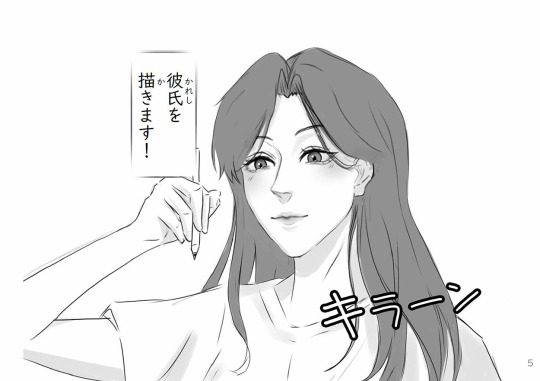
If you are at the beginner stage of learning Japanese and interested in reading full manga one day, have a look at this short free manga in simple Japanese:
Textbook grammar with some colloquial expressions inbetween
100% furigana on all kanji
Beautiful drawings that support reading comprehension
#my book reviews#reading in japanese#japanese books#やさしい日本語#boyfriend#downloadable pdf#easy japanese#easy manga#Fiction#free graded reader#free manga#free reading material#graded reader#JLPT N5#Manga#N5#NPO Tagengo Tadoku#romance#romance manga#shojo manga
26 notes
·
View notes
Text
Kanji of the day: 女
女 - Woman, female
Kun: おんな、め
On: ジョ、ニョ、ニョウ
(Pinyin: nǚ | nu:3, rǔ | ru3)
Pictographic: a woman sitting or squatting.

(女 as it appeared in Oracle bone script ~1250-1000 BC. the box shape is meant to represent breasts. This kanji eventually branched off into two directions, one simplified a single breast to represent women 女, the other taking the whole chest and adding nipples to represent mothers 母)
Strokes: 3
Radical: 女 woman
14 notes
·
View notes
Text
N5 exam sample sentences
新しい車ですね。- It's a new car.
電気をつけてください。- Please turn on the lights.
外で待ちましょう。- Let's wait outside.
あのホテルは有名です。- That hotel is well-known.
あそこでタクシーに乗りました。- I took a taxi there.
ここはうるさいです。勉強できません。- It's noisy here. I can't study here.
私はデパートに勤めています。= 私はデパートで仕事をしています。 - I work in a department store.
昨夜パーティーへ行きました。= 昨日の夜パーティーへ行きました。- I went to a party last night.
弟は部屋の掃除をしました。- My brother cleaned his room.
昨日はうちに帰って何をしましたか? - What did you do when you got home yesterday?
これは去年私が海で取った写真です。- This is a picture I took at the beach last year.
昨日、日本語の辞書を買いに行きました。- I went to buy a Japanese dictionary yesterday.
Grammar points: です・は/ね/を/で/に/へ/の particles・-てください・ましょう・past tense・できる・continuous tense・questions・S1 -て S2・に行く
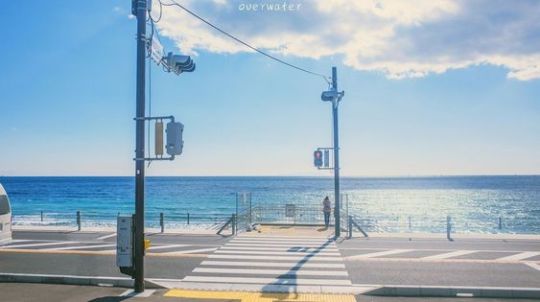
#japanese#langblr#studyblr#vocabulary#japanese langblr#japanese language#sentences#n5#jlpt n5#japanese sentences#mine
20 notes
·
View notes
Text
時(とき)- When, at the time of
Verb + とき
[い]Adjective + とき
[な]Adjective + な + とき
Noun + の + とき
出かけるときは、「行ってきます」と言います。
When you go out, you say "いってきます"!
私はカラオケに行くときに楽しめます。
When I go to karaoke, I can have fun.
Can you create a sentence using this grammar?

#Japanese#Japanese grammar#Learn Japanese#Beginner Japanese#Intermediate Japanese#Study Japanese#JLPT Grammar#JLPT#N5 Grammar#N4 Grammar#N5#N4#nihongo
38 notes
·
View notes
Text
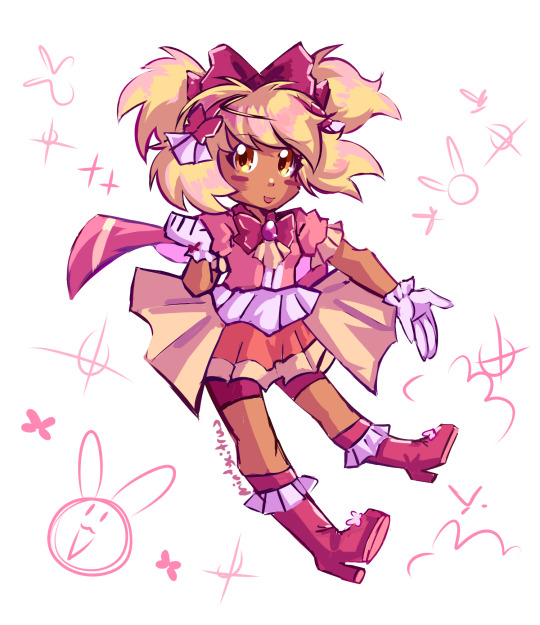

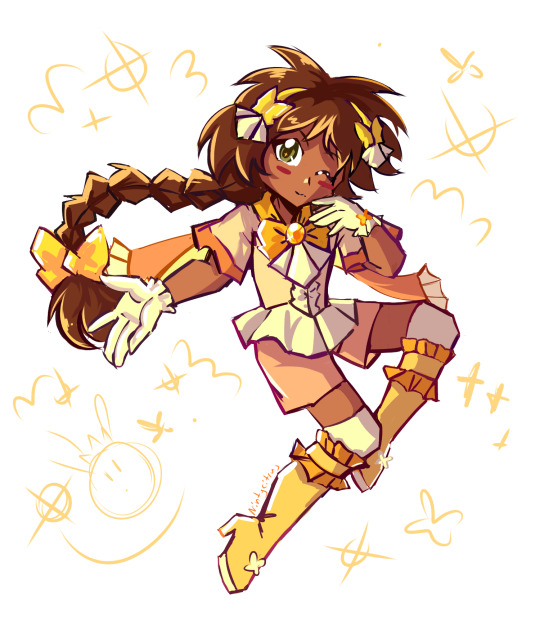

smols
#magical girl oc#mahou shoujo#magical girl#chibi#mahoucore#i could tag it w “magical boy” since number 5 is up there in the post but i wont.#original character#☆ specific tags:#tsts#the skies that shimmer#n1#june harper#n0#carrie cheryl#n3#n5#whose irl names im not going to tag for now since its technically a slight spoiler#ch.1-2(and possibly ch3) coming out in august so stay tuned for that ehehe
128 notes
·
View notes
Text
Studyblr Intro + Resources
Hi everyone! My name is Jessa, I'm 28 years old and I am self-studying Japanese with the aspiration of reaching N1 from literally zero. I started this blog to keep track of my study progress and enjoy sharing any resources or anecdotes about my daily life!
About my Studies
-self studying Japanese with 0% prior knowledge (unless you count the three words I learned from anime as a teenager)
-passionate about linguistics and linguistic history
-goal is to be fluent enough to be a full time translator and be able to read classical works of Japanese literature (as well as converse)
-consumes 80% only Japanese media to help with immersion (other 20% is cooking shows)
About Me
-has made drinking coffee a personality trait
-loves anything cat like
-favorite colors are purple & dark green
-my cat is named after Leonard Nimoy
-night owl study gal who enjoys staying up until sunrise
-she/her pronouns
-loves making friends but can be slow to reply to messages!
Resources will all be posted under the cut!
N5 Study Plan
These are the current resources I'm using to help me (hopefully) reach N5
Hiragana 10 Day Study Challenge
Katakana 10 Day Study Challenge
Introduction to Kanji
JLPT Grammar List
30 Day Japanese Vocab
Immersion
Sailor Moon Episodes
Japanese Podcasts
Takarazuka Revue
Japanese ASMR
Japanese Pop Songs
#japan#japanese#japanese language#japanese langblr#personal#langblr#studyblr#studying#cats#self study#study#100 days of productivity#learning#hiragana#katakana#n5#jlpt n5#jlpt#introduction#introductory post#over 20#adult student#study inspo#study inspiration#language#language study
14 notes
·
View notes
Text

Step by step. New semester, new chances. Trying to keep up pursuing my goals during that time, finding new hobbies and building healthy routines, although there will be much to do for my data science studies.
13 notes
·
View notes
Photo


Harry blue greening on main again at Chicago N5
#what a larrie#tw flashing#harry#harry styles#hs#hslot#hslot chicago#n5#hlcreators#hledits#larry#this is so cool#but what a freak
708 notes
·
View notes
Text
questions · positive and negative replies
(。•̀ᴗ-)✧ N5 grammar
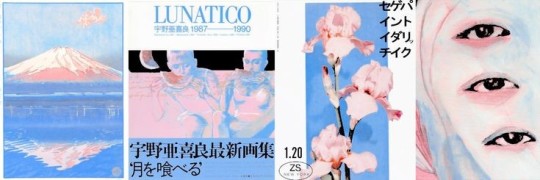
indicating a question with "か"
Questions in Japanese are easily expressed with the particle "か" and it is used the same way as the English question mark. A phrase ending with this particle is the Japanese equivalent to a question in English. In Japanese, there's no need to rearrange the sentence structure, simply add the question particle.
example: あなたは日本人です (you are japanese) will become → あなたは日本人ですか (are you japanese?)
note 1: in formal documents or written japanese, there should be a period (。) at the end of a question; in everyday Japanese, both periods and question marks work.
note 2: when asking a question the particle should be said with a rising tone.
affirmative replies with "そうです"
"そうです" is a compound phrase and means "right" or "that is so". It is usually used after "はい" (yes) and can also soften the tone when giving a positive answer.
example: はい、そうです。
translation: yes, that is so.
note: Japanese people tend to add another phrase following "そうです", expressing further confirmation
negative replies with "違います"
When denying something or telling someone something is not true, the compound phrase "違います" (ちがいます) is used. It is often used after "いいえ" (no).
example: いいえ、違います。
translation: no, that's not so.
note: 違います can be followed by other sentences clarifying the negation, similarly to そうです
またね~@inkichan
꒰ა ˚₊ ✧・┈・╴﹕꒰ ᐢ。- ༝ -。ᐢ ꒱﹕╴・┈・𐑺 ‧₊˚໒꒱
#japanese#nihongo#studyblr#learn Japanese#learning Japanese#japanese langblr#langblog#japanese studyblr#日本語#study japanese#study inspo#study aesthetic#n5#JLPT N5#grammar#basic grammar#japanese grammar#n5 grammar
106 notes
·
View notes